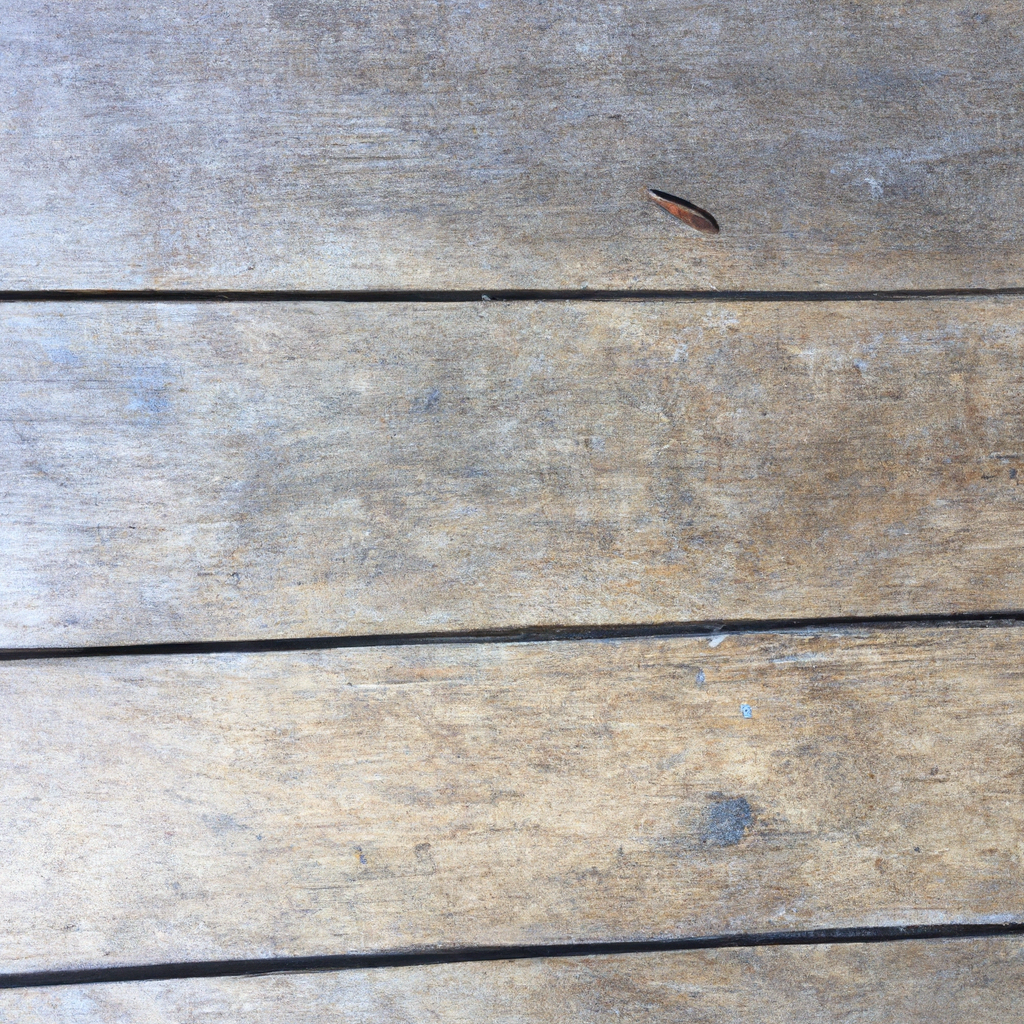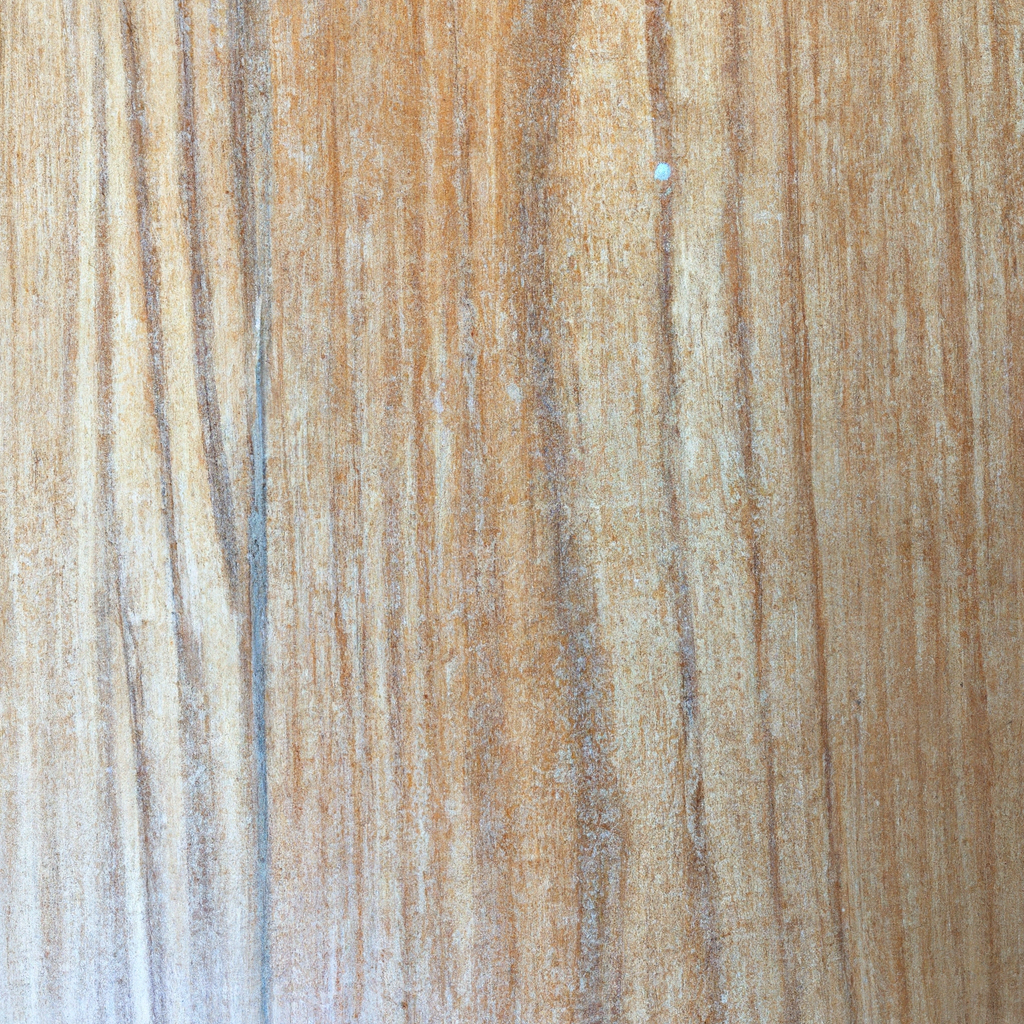The flooring in your home or office is more than just a surface to walk on; it’s a foundation for your space’s entire aesthetic and functionality. When it comes to timber floor installation in Melbourne, making the right choice is crucial. In this comprehensive guide, we’ll explore the world of timber flooring, from the various types available to installation tips and maintenance considerations.

Timber floor
Why Choose Timber Flooring?
Durability and Longevity: Timber flooring is known for its durability, and when properly maintained, it can last for decades. Unlike some other flooring materials, timber can withstand heavy foot traffic and wear and tear, making it an excellent long-term investment.
Aesthetic Appeal: Timber flooring adds warmth and character to any space. Its natural beauty and timeless charm make it a popular choice for both traditional and contemporary interior designs. The variety of timber species and finishes available allows you to customize the look to suit your style.
Eco-friendliness: Many timber flooring options are environmentally friendly, especially those sourced from sustainable forests. Timber is a renewable resource, making it a responsible choice for those concerned about the environment.
Types of Timber Flooring
- Solid Timber Flooring: This type of flooring is made from solid wood planks and offers a classic, authentic look. It can be sanded and refinished multiple times, extending its lifespan.
- Engineered Timber Flooring: Engineered timber consists of a top layer of real wood bonded to multiple layers of plywood or high-density fiberboard. It offers stability and is suitable for areas with fluctuating humidity levels.
- Laminate Timber Flooring: Laminate flooring mimics the look of timber but is composed of multiple layers of synthetic materials. It’s budget-friendly and easy to install.
Considerations for Timber Flooring Selection
Before choosing timber floor for your space, consider:
- Room Functionality: Different rooms have varying requirements. For example, solid timber may be ideal for a living room, while engineered timber may work better in a basement.
- Budget Constraints: Determine your budget early in the process to narrow down your options and avoid overspending.
- Maintenance Requirements: Consider how much time and effort you’re willing to invest in maintaining your timber floors. Some types require more care than others.
Preparing Your Space
Proper preparation is essential for a successful timber floor installation:
- Subfloor Preparation: Ensure your subfloor is clean, level, and free of moisture issues.
- Moisture and Humidity Control: Use moisture barriers and humidifiers to control the environment, preventing warping or cupping of the timber.
DIY vs. Professional Installation
Pros of DIY Installation:
- Cost savings
- Personal satisfaction
Cons of DIY Installation:
- Risk of mistakes
- Lack of expertise
Benefits of Professional Installation:
- Expertise and precision
- Time and cost-efficiency
Timber Flooring Installation Process
To install timber flooring, you’ll need tools like a saw, nail gun, adhesive, and spacers. Here’s a basic guide:
- Prepare the subfloor.
- Lay down underlayment.
- Install the timber planks.
- Nail or glue the planks in place.
- Finish with trim and molding.
Maintaining Timber Flooring
Keep your timber flooring in top condition with these tips:
- Regularly sweep and vacuum to remove debris.
- Use a damp mop for cleaning, but avoid excess water.
- Address spills promptly to prevent staining.
- Schedule periodic refinishing to restore the finish.
Benefits of Professional Installation Services
Hiring professionals for timber floor installation offers several advantages:
- Expertise and precision ensure a flawless result.
- Professional installation saves you time and reduces the risk of costly mistakes.
Timber Flooring Trends in Melbourne
Stay up to date with the latest trends in timber flooring:
- Grey and white wash finishes are gaining popularity.
- Wide planks and herringbone patterns are trendy choices.
Budgeting for Timber Floor Installation
Understanding the costs involved is crucial:
- Calculate the cost of timber, installation, and any additional materials.
- Be prepared for unexpected expenses.
Customer Satisfaction and Reviews
When choosing a timber floor installer, pay attention to customer reviews:
- Reviews provide insights into the quality of service and workmanship.
- Choose reputable installers with a history of satisfied customers.
Environmental Considerations
Support sustainable practices in timber flooring:
- Look for timber products with certifications like FSC (Forest Stewardship Council).
- Opt for eco-friendly finishes and adhesives.
Comparing Timber Flooring to Other Options
Consider alternative flooring materials:
- Tile and stone offer durability and a sleek look.
- Compare the comfort and maintenance of carpet to timber.
Conclusion
In the world of flooring, timber stands out as a timeless and versatile choice. Whether you prioritize durability, aesthetics, or eco-friendliness, timber flooring has something to offer. By following the guidelines outlined in this article, you can make an informed decision and enjoy the beauty and functionality of timber floors in your Melbourne space.





